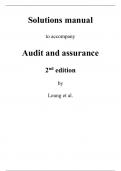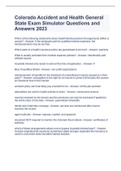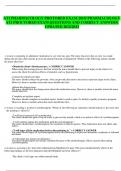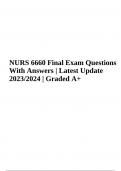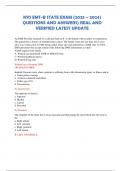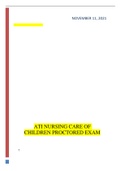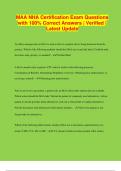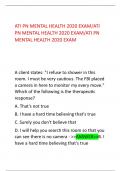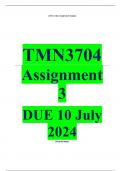Exam (elaborations)
Solutions for Audit and Assurance, 2nd Australian Edition Leung (All Chapters included)
- Course
- Institution
Complete Solutions Manual for Audit and Assurance, 2nd Australian Edition by Philomena Leung, Paul Coram, Dominic Canestrari-Soh ; ISBN13: 9781394173457..(Full Chapters included Chapter 1 to 12)...1. Auditing and governance. 2. Sustainability and contemporary assurance engagements. 3. Financial r...
[Show more]
